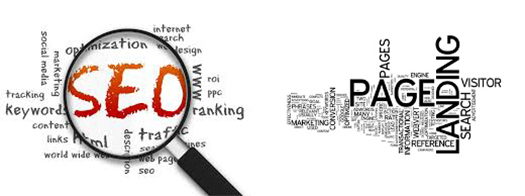How to Analyze the Traffic to your Website for SEO Services
Website traffic refers to the number of visitors visiting a particular website and their subsequent clicks on pages. As soon as the visitor appears virtually at the site, their presence is registered and their clicks on various pages are also scanned.
You may wonder why the need is of so much investigations and monitoring. Well, intense tracking of visitors and their actions helps online businesses assessing their professional strengths and weaknesses.
The following are some of the best methods through which you can analyze the traffic to your website and improve your SEO.
- Knowledge of your data is crucial because bounce rates, page views will help you have a deeper understanding of where your business is going. Suppose your bounce rate turns out to be extraordinarily high, then you can request the assistance of an expert in this area and eventually lower the rate and increase the traffic to your business. Higher bounce rates means people are leaving the site too early and this is bad news for an effective SEO strategy.
- In today’s world, social media plays a huge role in our day to day communication, both personally and professionally. Thankfully, Google Analytics has added an interesting feature which allows you to track social media sites. This tool is intensely beneficial for you since it lets you know the amount of traffic that is being generated from these sites.
- Google Analytics also helps you in your AdWords promotion by letting you measure the performance of your online Ad campaign. This examination will make you aware whether your Ads are useful in bringing visitors to your site.
- Certain keywords are more popular among users than others. It is your responsibility to do a thorough research and come up with the phrases/keywords to make you more visible online by driving the traffic to your website.
- Do not overcomplicate the SEO. Come up with a brief but eye catching titles which will attract visitors to your website. Make the best use of the images that you include on your website. Keep in mind that you need to make visitors come across your website if they have entered keywords in the search engine that are relevant to your site.
- URL is an underrated but extremely important tool to analyze your traffic since the URL of your web page is all about the social scale of the words. This signifies that the words which are put at the beginning of the URL are in the top ranking than the words which are at the end. So try to make the contents of your URL related to your webpage.
Here are a few things you can do to improve your SEO with the help of this data:
- Use the location and user profile data provided to fine tune the content on your website.
- Make sure you get a detailed report on the search queries that are trending and try to get your content team working on it.
- To keep the site fresh, stay up-to-date with the things that matter to your target demographic. Once you get a few topics they care about (after analyzing the data) you can generate content that will discuss the subject and keep your site relevant.
Conclusion
You need to be patient with increasing the traffic to your website in case current traffic is low. To attract traffic to your website, you need patience and skills. A thorough understanding of optimization of search engines, links and keywords with the help of research and experience will produce traffic to your website which in turn will be one of the causes for a successful online business.

